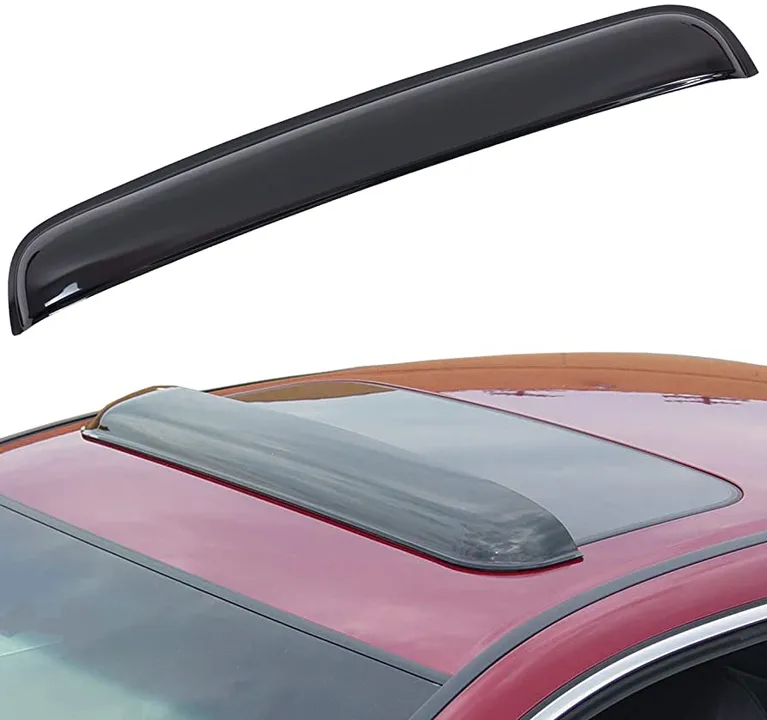
How many types of smoke can we see in automobiles?
Exploring the Different Types of Smoke in Automobiles
Smoke is a telltale sign that something is wrong with your automobile. If you see smoke coming from your car, you should have it inspected as soon as possible. But not all smoke is the same. Different types of smoke can indicate different types of problems, so it’s important to recognize which type of smoke you’re looking at.
White Smoke
White smoke is often a sign of a combustion problem. It is most likely caused by a coolant leak, or an issue with the engine's cylinders or pistons. The coolant can mix with the engine oil, burning it and creating the white smoke. In some cases, the problem may be a worn out head gasket or a cracked engine block. It’s important to have this checked out as soon as possible, as it can lead to further damage to the engine.
Blue Smoke
Blue smoke is an indication of an oil leak. This means that the oil is burning and mixing with the exhaust fumes, which gives off the blue color. This is usually caused by a worn out piston ring or a valve seal. It’s important to have this checked out, as it can lead to more oil leaking and more damage to the engine.
Black Smoke
Black smoke is usually caused by an issue with the fuel system. It's usually a sign that too much fuel is being burned and not enough air is being mixed with the fuel. This can be caused by a clogged air filter, a faulty fuel injector, or a vacuum leak. It’s important to have this looked at, as it can lead to further damage to the engine.
Gray Smoke
Gray smoke is usually caused by an issue with the exhaust system. It can be caused by a clogged catalytic converter, a faulty oxygen sensor, or a cracked exhaust manifold. It’s important to have this looked at, as it can lead to further damage to the exhaust system.
Conclusion
When it comes to recognizing smoke from your automobile, it’s important to be able to distinguish the different types of smoke. White smoke can be an indication of a combustion problem, blue smoke can be a sign of an oil leak, black smoke can be a sign of an issue with the fuel system, and gray smoke can be a sign of an issue with the exhaust system. If you see smoke coming from your car, it’s important to have it checked out as soon as possible.
How to Identify the Various Types of Smoke from Automobiles
Smoke that is emitted from automobiles is one of the most common environmental pollutants. It is important to be able to identify the various types of smoke that can be seen in order to better understand the environmental impacts of automotive emissions. There are three main types of smoke that can be seen from an automobile: white smoke, blue smoke, and black smoke.
White Smoke
White smoke is typically caused by condensation from the exhaust system. This condensation can occur when the engine is cold, but it is more common when the engine is hot and the exhaust system is at its hottest. White smoke is generally not considered dangerous, but it can be a sign of an inefficient combustion process. If the white smoke persists, it can be an indication of a more serious problem.
Blue Smoke
Blue smoke from an automobile is an indication of engine oil burning. This can be caused by a worn-out piston ring, worn valve seals, or a cracked cylinder head. Blue smoke can also be caused by an overly rich air/fuel mixture. This type of smoke can be dangerous to the environment as it is often made up of unburned hydrocarbons.
Black Smoke
Black smoke is usually an indication of an overly rich fuel mixture. This can be caused by a malfunctioning fuel injector, a dirty air filter, or a clogged fuel line. Black smoke is considered to be dangerous to the environment as it is made up of large amounts of unburned hydrocarbons. It can also be a sign of internal engine damage, so it is important to have it checked out by a mechanic as soon as possible.
Identifying the various types of smoke from an automobile is an important part of understanding the environmental impact of automotive emissions. White smoke is generally not considered dangerous, but blue and black smoke can be hazardous to the environment. If you notice any of the smoke mentioned above, it is important to have it checked out by a mechanic as soon as possible to ensure that no further damage is done.
Write a comment